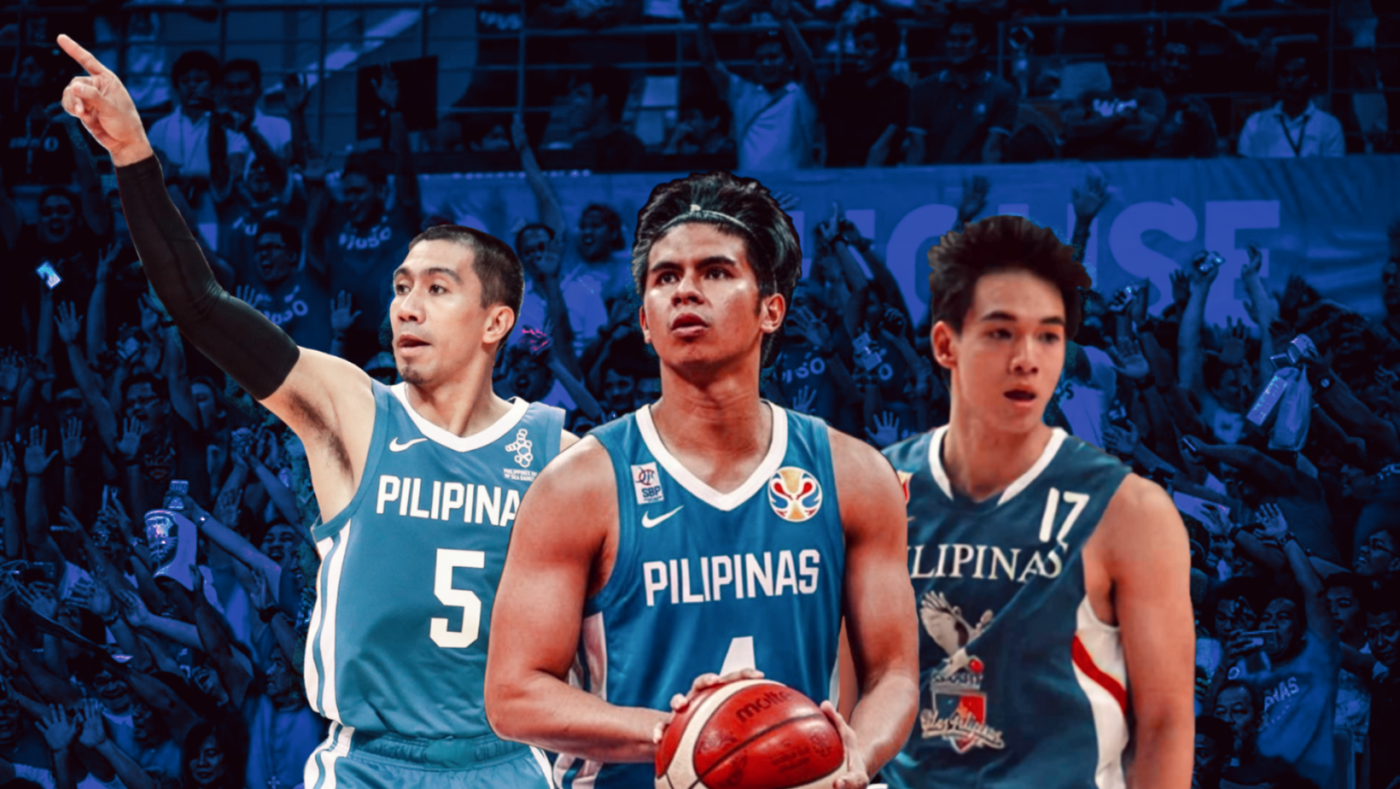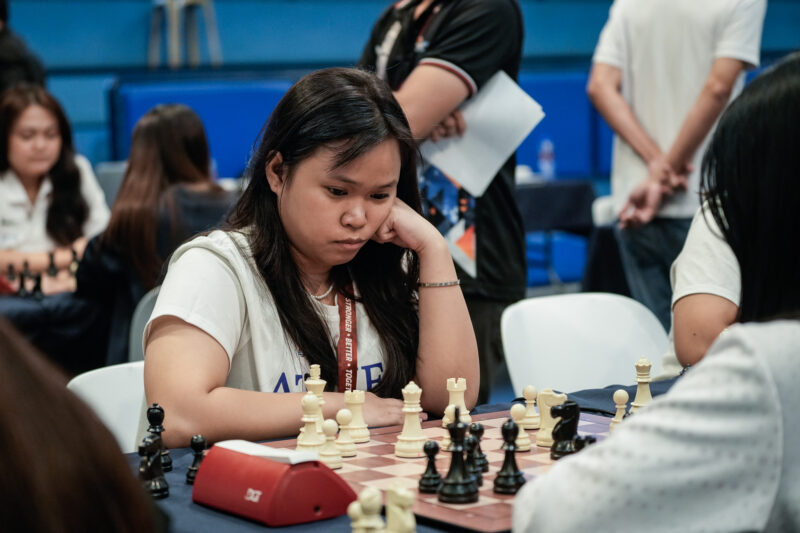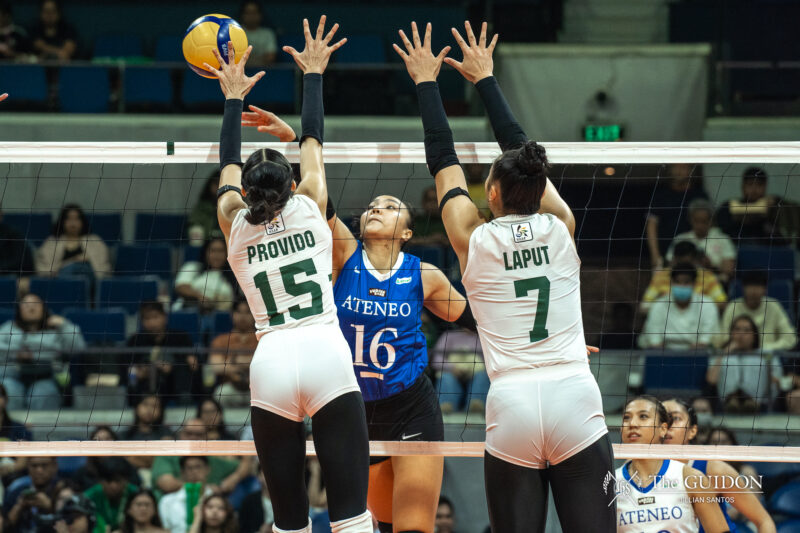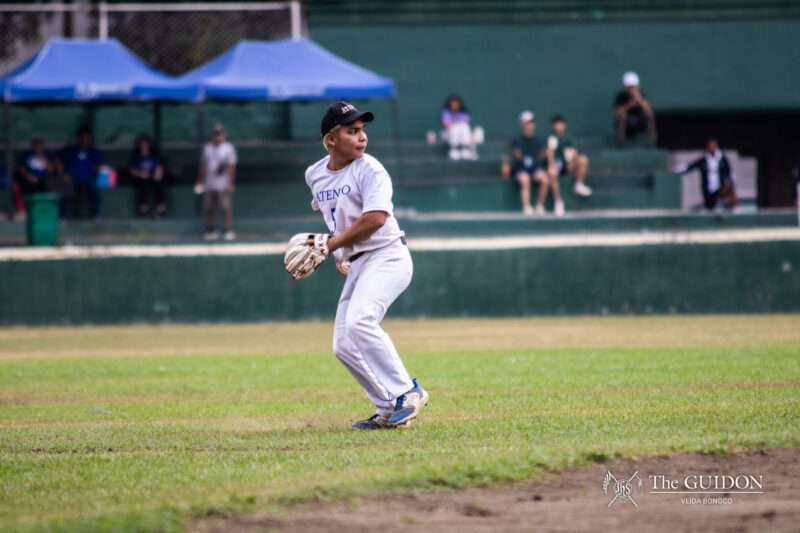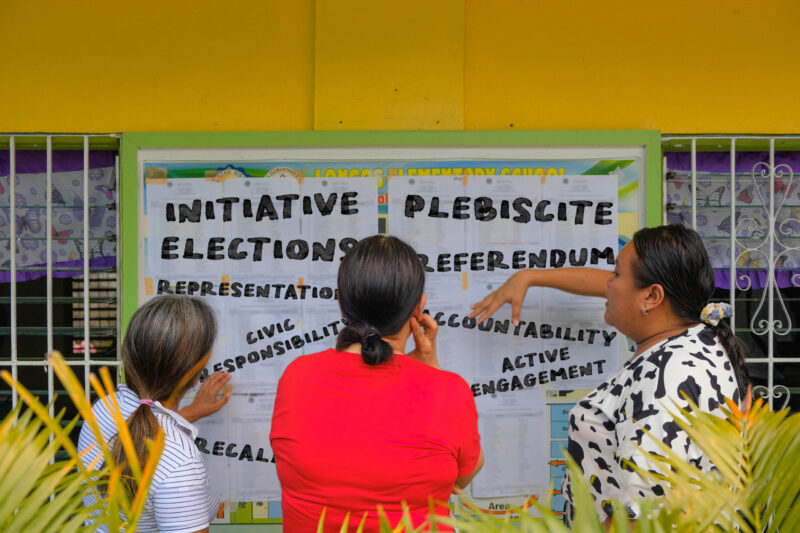WITH THE ever-illustrious International Basketball Federation (FIBA) World Cup returning to Philippine soil after 45 years, basketball fever across the hoops-obsessed archipelago has reached its crescendo. The 117-million-strong nation will co-host the quadrennial showcase alongside Japan and Indonesia, with tomorrow’s opener at the Philippine Arena anticipated to break FIBA’s all-time attendance record.
Gilas Pilipinas—a program many consider the crown jewel of Philippine sports—has garnered unprecedented scrutiny on the road to the World Cup. Nevertheless, Gilas is determined to surmount a polarizing tournament buildup and a formidable set of foes to clinch a coveted Olympic berth under the bright lights of the Greater Manila Area.
Another ballclub well-recognized by the Filipino people, albeit in the collegiate hardwood, is the Ateneo Blue Eagles. However, not many know of how the Blue and White’s historical timeline renders a striking similarity to that of the National Team’s—with great Ateneo players and coaches being integral to Philippine basketball. More importantly, little attention has been placed on how the Blue Eagles’ basketball philosophy and program may serve as quintessential archetypes for Gilas’ long-term growth and success.
Grand inceptions
The Filipinos’ enduring love story with basketball had its seeds planted when the American colonizers first introduced the Springfield-bred game in 1898 as part of the Philippines’ revised school system. Due to such Western influence, the National Collegiate Athletic Association (NCAA) was formed in 1924—with Ateneo being one of the league’s founders.
Adopting the iconic “Blue Eagles” moniker in 1938, Ateneo took home 14 NCAA titles until their departure for the University Athletic Association of the Philippines (UAAP) in 1978. The Blue Eagles carried over their run of dominance in the UAAP, capturing back-to-back titles in 1987 and 1988.
In the early eras of competitive international basketball, the Republic of the Philippines (RP) team stood firm among foreign giants in what was the country’s Golden Age of Basketball. The RP team appeared seven times in the Olympic Games from 1936 to 1972, won four FIBA Asia titles from the sixties to seventies, and seized bronze at the 1954 FIBA World Championships (known today as the World Cup).
The country’s finest basketball moment is the Philippine Islanders’ fifth-place finish in the 1936 Berlin Olympics—a historic feat yet to be replicated by any Asian contingent. The legendary Islanders team was captained by Blue Eagle Ambrosio Padilla—a figure that sports historian and Rivalry Network co-founder Jay Mercado recognizes as a hallmark of on and off-the-court excellence.
“He (Padilla) went against Marcos’ dictatorship to make sure that democracy was preserved. Sila ni (He and) Jacinto Ciria Cruz were the two top players that we had in 1936, they were the most accomplished in terms of performance,” Mercado acclaims.
Grappling with obstructions
After years of their respective reigns, a multitude of challenges clouded both the Philippine national team’s and the Blue Eagles’ glory days.
The RP team plunged into crisis when the Philippine Basketball Association (PBA)’s establishment in 1975 resulted in a massive talent vacuum due to the prohibition of professional players in FIBA tournaments. Following a string of lowly international performances by the Philippines, Marcos crony Danding Cojuangco was tapped to spearhead the creation of the Northern Consolidated Cement (NCC) basketball team. The amateur team was finalized in 1981, with appointed NCC Head Coach Ron Jacobs soon to introduce a revolutionary style of basketball to the Philippines.
Mercado, a longtime proponent of the NCC program, credits Jacobs for galvanizing his troops to play unselfishly and dedicate their utmost time, skills, and bodies to the national team. In Philippine basketball, Jacobs was a trailblazer of many crutch strategies, with Mercado specifically labeling him as a “disciple of percentage basketball.”
With Jacobs’ coaching philosophy bolstering a deep amateur roster which notably included the likes of Chip Engelland, Ricardo Brown, and future Ateneo Head coach Joel Banal, the RP team struck gold. Representing the stars and sun, the NCC amassed impressive hardware, conquering the 1985 FIBA Asia meet and claiming first place in the 1981 and 1985 William Jones Cup.
However, the NCC program was dissolved in 1986 when Cojuangco fled the country in the wake of the People Power Revolution. With the national team retooling to utilize PBA stars when FIBA granted eligibility to professionals in 1989, the foundations of Jacobs’ system were scrapped in the 90s—leading to a stretch of volatile performances by the Philippines.
Meanwhile, for the Katipunan-based Blue Eagles, a 14-year-long championship dry spell commenced after their 1988 championship. The infamous “Dark Eagles” of the 1990s only advanced to the semifinals thrice in a decade that saw the University of Santo Tomas and De La Salle University bag seven combined titles in that span.
“During that time, we didn’t really do a lot of recruitment,” veteran journalist and Ateneo sportswriting professor Ruel De Vera says. “We tended to get one player who would be very, very good, [but] the rest of the team would just not be.”
Awakening the sleeping giants
Hungry for a paradigm shift, Ateneo upped the ante and lured big-name players and coaches into Loyola Heights—a move that reinstated them as UAAP kings in 2002. This decorated unit bannered by LA Tenorio and Larry Fonacier was coached by NCC alumnus Banal—who integrated a tactical approach parallel to predecessor Joe Lipa’s system. Inspired by Lipa’s cerebral, team-oriented, and efficient schematics reminiscent of NCC basketball, Banal’s championship-winning squad paved the way for future generations of high-IQ and versatile players in the Blue Eagles’ renaissance.
In the same decade, the Sanguniang Basketbol ng Pilipinas (SBP) was named the association for national basketball, replacing the increasingly turbulent Basketball Association of the Philippines (BAP) federation in 2007.
Influenced by the NCC model, the SBP’s power move to reintroduce the Philippines as regional basketball juggernauts was the establishment of the Gilas Pilipinas program in 2009. Maximizing an abundance of Filipino stars produced by well-coached and disciplined collegiate dynasties, Gilas proved to be triumphant in re-elevating Philippine basketball back to world-class status in the 2010s.
Coincidentally, Tenorio and Fonacier—members of the 2002 team that broke Ateneo’s 14-year title drought—helped end the Philippines’ 36-year absence from the World Cup in Gilas’ classic win over Korea in the 2013 Asia Cup.
Like the aforementioned tandem, Blue-blooded guards such as Chris Tiu, Kiefer Ravena, and SJ Belangel thrived in their respective stints in Gilas. Blue Eagles have historically excelled when playing for the country, as their pristine basketball knowledge unlocked more dimensions in the team’s offense and leveraged teammates to play by their strengths.
Puso yearns for more
Considering the undersized Filipinos’ genetic deficiencies, it was indisputably fitting for Gilas to wholeheartedly don the “Puso!” battle cry. While this has brought relative success and feel-good underdog stories, the overindulgence in such an identity has led to heaps of unflattering moments in Gilas’ recent history.
Topping the list of such debacles is the hapless 2019 World Cup campaign, several non-podium finishes in Asian tournaments, and the infamous Finals loss against Indonesia in the 2022 Southeast Asian Games.
To fans and pundits, such misfortunes could have been averted if Gilas were to infuse puso into preparation and game-planning fit for the demands of international basketball. The national team’s convoluted roadmap and lack of stability in the lead-up to the 2023 World Cup has been well-documented, much to the dismay of Filipino supporters.
Recent tribulations have made fans nostalgic for current Ateneo Head Coach Tab Baldwin’s Gilas unit that participated in the Asia Cup and the Olympic Qualifying Tournament in 2021. With his Ateneo-studded all-cadet lineup toppling Asian rivals and pushing basketball powerhouse Serbia to the brink, Baldwin reaped national praise and adoration—a reputation that has aged gracefully despite the Kiwi-American’s fallout with the SBP. Baldwin is no stranger to maximizing any roster regardless of depth, as seen in the Blue Eagles’ recent redemption tour last Season 85.
Mercado lauds the incumbent Ateneo head coach and compares him to the late, great Jacobs—as both foreign coaches championed multidimensional systems amid a heliocentric-heavy local basketball scene.
Similarly, De Vera speaks highly of the four-time UAAP champion’s knack for unselfish basketball, “[Baldwin] gave players roles up to a certain degree, so players played through their strengths and were never overplayed,” he shared.
While there is warranted criticism directed towards Gilas’ poor scheduling and system, seamlessly assembling players signed to various contracts is a Herculean task. Nonetheless, making a tremendous effort to overcome such an impediment should be deemed a prerequisite for any winning team.
To August and beyond
Given the storied history of both teams, De Vera and Mercado remain ardent believers that the SBP should take after Ateneo’s formula, especially in implementing a sustainable and collaborative system for the development of the Gilas program. Being on the hunt for a foreign coach that may impart the game’s intricacies to budding local coaches was also perceived as a prospective measure.
“Have a full-time foreign national coach running the system, bring in the players that he wants, and keep them within reach so that anytime pwede ‘yang matawag (they can get a call-up),” Mercado says.
If there is anything that the Blue Eagles have personified when suiting up for the flag, it is the willingness to answer the call of duty no matter the sacrifice. Alongside unselfish and smart basketball, this winning mentality is distinctly cultivated in the Eagles’ nest—one of countless reasons why the Ateneo program has unceasingly been a focal point of Philippine national basketball.

